In the medical world, Angioplasty is a procedure where the medical team widens narrow or blocked arteries. Customarily used to treat conditions like coronary artery disease, it refers to cases when the blood vessels supplying the heart become filled with plaque and jam the flow of oxygen-rich blood.
During an angioplasty operation, a thin tube called a catheter is inserted into the artery with issues. This tube contains a miniscule balloon at its end, inflating once placed as due. As the swelling surfaces, plaque pushes against the artery's walls, allowing blood to move through.
When the balloon gets blown up, sometimes they may put a stent inside the artery so it remains open. This stent acts as a tiny net tube for guard; it fixes the artery in a spot and prevents it from narrowing again. The blood flows more efficiently to the heart muscle with this, ending up in less chest strain and defeated threat of a heart attack.
Angioplasty is ordinarily carried out in a hospital setting under local anesthesia, meaning that the entity remains conscious but does not experience any sensation in the treated sector. This operation, which is a benign variant of surgery requiring no considerable incisions or extensive recovery period afterward, numerously allows many patients to return home either on the same day or within one day following their treatment process; however, they may need some rest for two days during this resting period.
Angioplasty can be handy for making narrow or blocked arteries less problematic, but it's not a comprehensive solution to repair coronary artery disease. Customarily, medical staff suggest an alternating lifestyle to help halt more blockages and make the heart healthier. It means eating good food for your health, exercising routinely, stopping smoking, and taking any medicine the doctor gives you. Routine meetings with a healthcare team are necessary to monitor the condition and modify the treatment strategy if required.
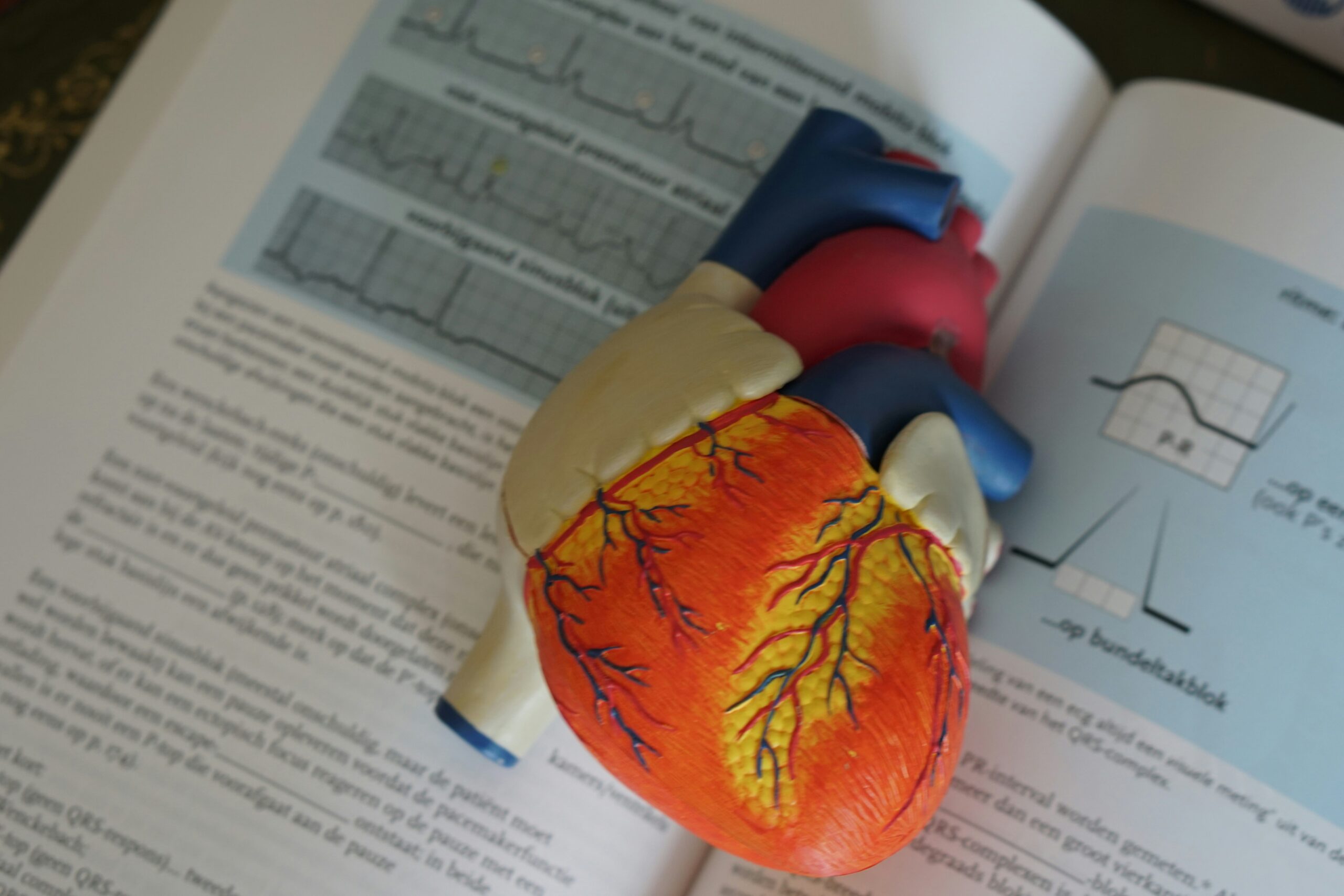
Ordinarily, angioplasty aims to improve blood circulation in arteries that are narrow or jammed. It may lighten problems and overcome the risk of matters like heart attack or stroke. Each variant of angioplasty could be chosen based on the location of the blockage, its intensity, your general health status, and your previous medical happenings.
Miscellaneous classes of angioplasty exist, each with a unique tactic to treat narrow or blocked arteries.
A widespread variety is coronary angioplasty![]() , which is utilized to clear heart arteries. In this procedure, a tube with a puny balloon at its tip is inserted into the artery that may be jammed. When it arrives at the right spot, the balloon is inflated so the artery becomes wider and blood can flow duly. Sometimes, a stent is also put in the artery to help keep it open.
, which is utilized to clear heart arteries. In this procedure, a tube with a puny balloon at its tip is inserted into the artery that may be jammed. When it arrives at the right spot, the balloon is inflated so the artery becomes wider and blood can flow duly. Sometimes, a stent is also put in the artery to help keep it open.
Another category is peripheral angioplasty, which treats blocks in arteries not part of the heart but in zones like legs or arms. During this operation, a catheter is inserted into an artery and guided to where there's a blockage; then, a balloon is inflated to make the artery wider. Stents may be used during peripheral angioplasty to help keep the artery open.
Renal angioplasty clears blockages in the renal arteries, which carry blood to the kidneys. It helps improve kidney tasks by elevating blood flow to the kidneys. In this stratagem, medical staff professionals insert a tube into the kidney artery and inflate a balloon to stretch the artery. Occasionally, they also use supports to maintain the artery's openness.
Carotid angioplasty![]() is a medical tactic for unblocking the carotid arteries that supply blood to the brain. This angioplasty can decelerate the danger of stroke by improving blood flow to the head. In this situation, medics insert a catheter into the carotid artery and then inflate a balloon to widen it. They may also use stents to keep the artery from getting narrow again.
is a medical tactic for unblocking the carotid arteries that supply blood to the brain. This angioplasty can decelerate the danger of stroke by improving blood flow to the head. In this situation, medics insert a catheter into the carotid artery and then inflate a balloon to widen it. They may also use stents to keep the artery from getting narrow again.
Numerously, experts suggest angioplasty when someone has blood vessels that are narrow or jammed, and they cause dilemmas or elevate the danger of intense health worries like heart attacks or strokes. A familiar indisposition where this operation is needed is coronary artery disease; it happens as plaque collects in the arteries that bring blood to your heart. The plaque can reduce blood flow![]() to the heart muscle, ending up in impacts such as chest strain or struggles with breathing.
to the heart muscle, ending up in impacts such as chest strain or struggles with breathing.
Angioplasty can also be necessary for peripheral artery sickness, when plaque builds up in arteries outside the heart, like legs or arms. This matter may cause pain or numbness in the legs, majorly when exercising or moving around. Physicians may recommend an angioplasty to expand the constricted blood vessels and improve circulation to regions receiving insufficient blood flow.
Renal artery stenosis is another indisposition that may require angioplasty. It emerges when the arteries supplying blood to the kidneys become narrowed, which can lead to high blood pressure or kidney damage. Angioplasty widens the narrow arteries, upgrading blood flow to the kidneys. It helps augment kidney skills and fall high blood pressure.
The sickness of the carotid artery is another situation that may need angioplasty. It surfaces when plaque builds up in these arteries, which take blood to the brain. If doctors do not treat carotid artery malady, it can increase the threat of stroke. They may recommend angioplasty to expand the narrowed arteries and decelerate stroke doom by upgrading blood flow to the brain.
Customarily, when deciding on obtaining an angioplasty, one must consider miscellaneous data packets such as the location and strength of the blockage, the symptoms experienced by the individual along with their medical history, and also assess how prone they are to key risks like heart attacks or strokes. A healthcare master will examine all this information to recommend what treatment suits someone best.
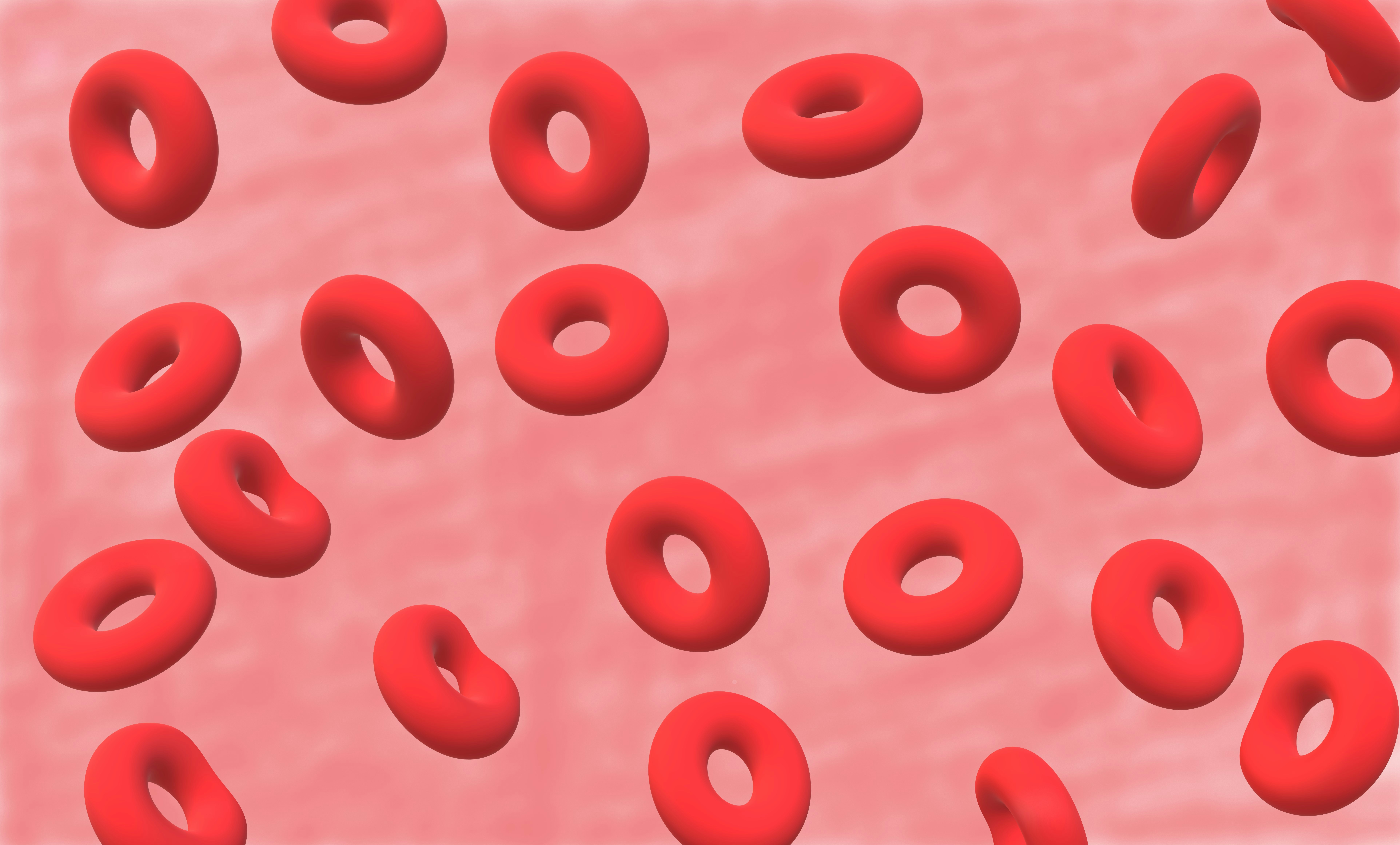
To prepare for angioplasty, you must take many steps to ensure it is done well and without harm. Before this treatment, patients usually have a complete check-up by their doctor that covers a 100% body analysis and looks at past health records. It can encompass blood tests, a heart recording known as ECG, and additional examinations![]() to assess the condition of the heart and circulatory system.
to assess the condition of the heart and circulatory system.
Before the angioplasty, doctors may inform patients to halt using some medicines like blood thinners or drugs that prevent platelets from sticking together because these can raise bleeding risk during surgery. Patients must listen closely to what their healthcare provider says and talk about all medicines they take, even those bought without a prescription and health supplements.
Doctors often suggest that patients should not eat for about 8 to 12 hours before the angioplasty to lower the chance of feeling sick or throwing up while it is happening. To maintain hydration, the willing must consume many transparent fluids, like water or fruit juices.
Before starting treatment, they often ask patients to sign a permission paper. It presents that they know about the pros and cons that can emerge from angioplasty and that they are okay with proceeding. It also lets them ask questions about how the procedure works or their improvement strategy.
After some time, people who are patients will understand what happens when they have angioplasty and after it. They become informed about how long it takes, the kind of sleep medicine used during the procedure, and how many days they need to rest before getting better. Patients should pay close attention to these instructions and ask questions if something needs clarification or assistance is required.

In the angioplasty process, there are many steps to widen narrow or blocked arteries. First, a local anesthetic is given to numb the area where the catheter will be placed. After this step is complete, a tiny cut on your skin (often at the groin or wrist area) needs to be made so that you can access the artery.
Once the artery is reached, a catheter is inserted into it and guided to the blockage area with the help of special X-ray machines. Once this catheter reaches its desired position, a tiny balloon![]() is inflated at its tip to widen the narrow artery. This expansion pushes plaque towards the sides of blood vessels and creates more space for blood to pass through.
is inflated at its tip to widen the narrow artery. This expansion pushes plaque towards the sides of blood vessels and creates more space for blood to pass through.
When angioplasty is performed, a stent is sometimes inserted into the artery. The purpose of this small mesh tube is to keep the artery open. Frequently, the stent is bent around the balloon before it enters the artery. As the balloon inflates and expands the artery, this stent also opens up and stays inside to keep it open so it doesn't become narrow again.
After the balloon is deflated and removed, the catheter is carefully removed from the artery. Firm pressure is then applied to the spot where it was cut to stop any bleeding. Occasionally, a unique tool may be used that automatically closes up this cut so one does not need to press it manually.
Angioplasty, as a less invasive approach, is customarily carried out in a hospital environment with the patient under local anesthesia. It traditionally takes one to two hours to complete, but this time may differ depending on how many blocks there are and the complexity of the procedure. A plethora of willing can leave their homes within the same day or after having an angioplasty for one day, but they need rest during the recovery period, which may last a few days.
The time required to recover from angioplasty varies for each individual because it's influenced by the number of obstructions cleared, the complexity of the procedure, and the patient's prior health condition. Generally, individuals return to their homes the same day or the second after angioplasty, but they may require several days to a week for full recovery.
While recovering, patients must listen carefully and follow their healthcare provider's instructions. They should also take prescribed medications precisely, such as anticoagulants to prevent blood clots or statins to lower cholesterol levels in the blood. Patients also need to rest and avoid strenuous activities after angioplasty to allow the body time to heal.
Patients should also be alert for signs like excessive bleeding or infection at the surgical site. If these are observed, it is essential to contact their healthcare provider promptly for further evaluation and treatment.
Moreover, the medical team may recommend that individuals alter their lifestyle routines to upgrade heart performance and shrink the risk of further blockages. It may encompass eating less saturated fat and cholesterol for a more nutritious diet, incorporating regular exercise into one's routine, quitting smoking, and managing stress effectively.

Angioplasty is ordinarily seen as a secure medical strategy but carries certain risks and repercussions.
The threat most commonly involves bleeding at the catheter insertion sector, particularly if the artery is compromised during the objective. In some scenarios, this bleeding can be intense and may require medical service to stop it.
A second difficult factor in an angioplasty case is blood clots surfacing at the surgery spot or venturing to other body parts, such as the brain or lungs. If they block blood flow to vital organs, they can cause complications like a heart attack or stroke.
There is also a possibility of an infection at the surgery spot, which can cause you to experience fever, pain, and perhaps swelling or redness near the incision. At times, such an infection might spread to various organism elements. Then, it becomes necessary to take medication like antibiotics or undergo extra surgery to remove the unhealthy tissue.
Multifaceted issues from the angioplasty procedure can include damage to the artery or nearby structures such as nerves or kidneys during surgery. This might result in pain, numbness, or reduced kidney function. It varies with where and how much damage there is.
It is possible to have an allergic reaction to the contrast dye used in this operation, majorly for persons with allergies to iodine or seafood. Reactions can range from miniscule skin rash and itchiness to more tough problems such as difficulty breathing or low blood pressure.
Table of Contents
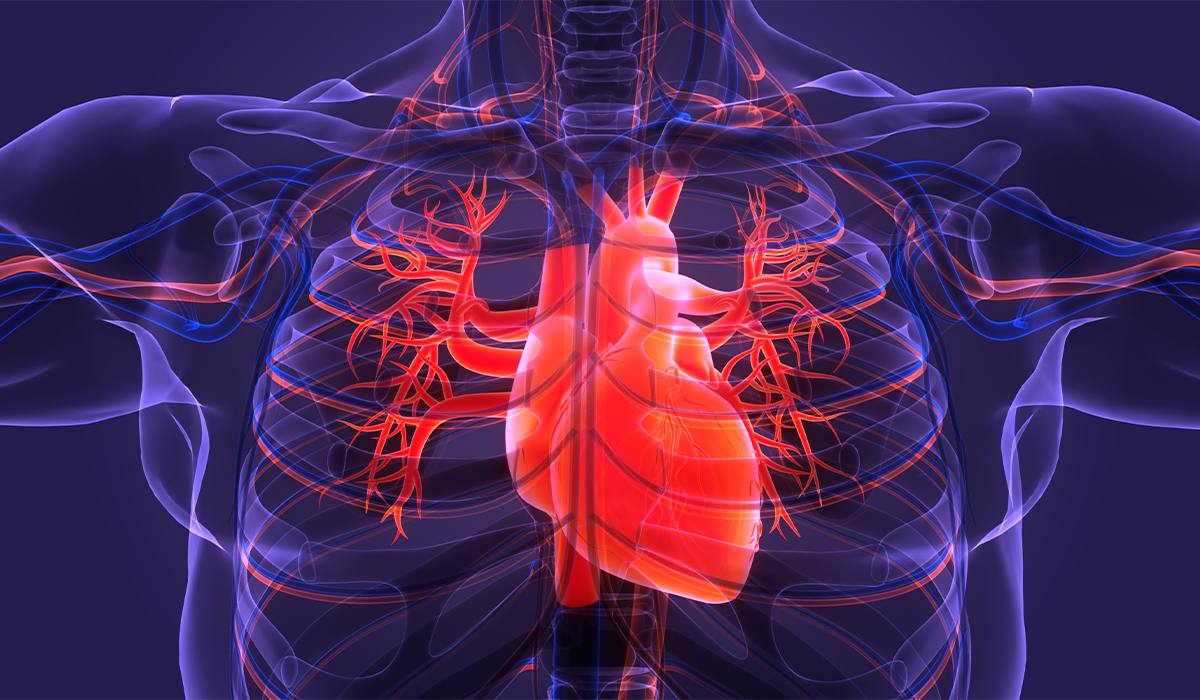
Angina is a disease characterized by paroxysmal chest pain. What are its causes? What is the diagnosis and treatment like? read more »
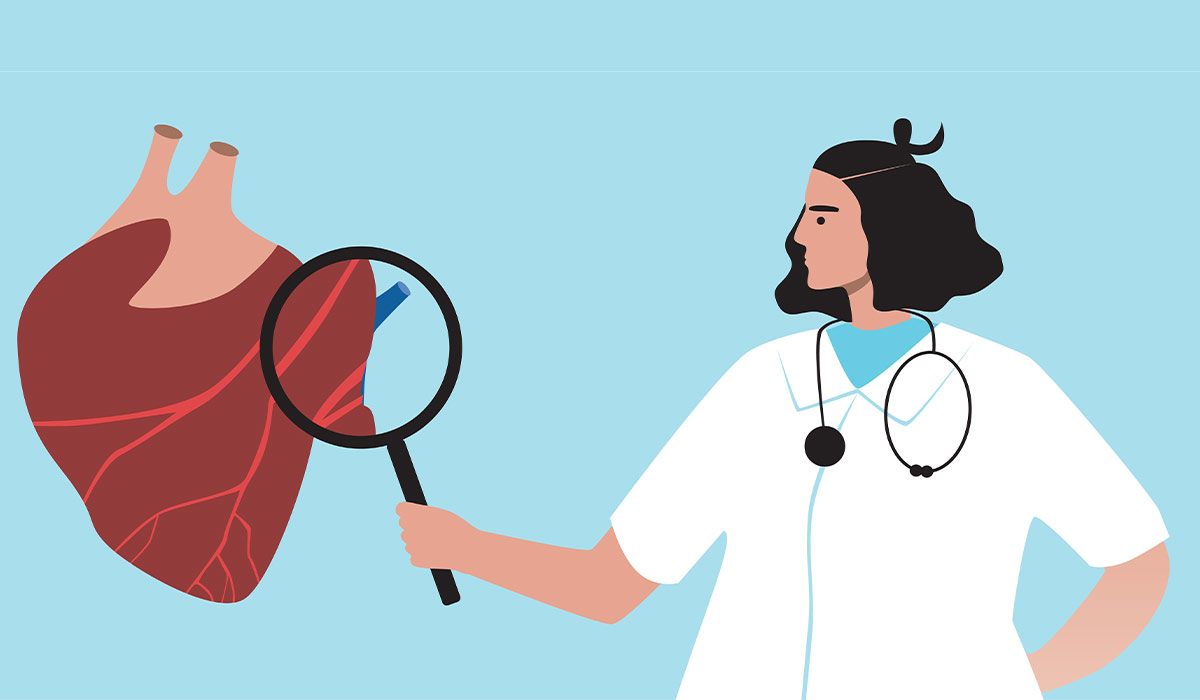
Angina pectoris is chest pain that occurs during exercise or stress. It is a symptom of the narrowing of the… read more »
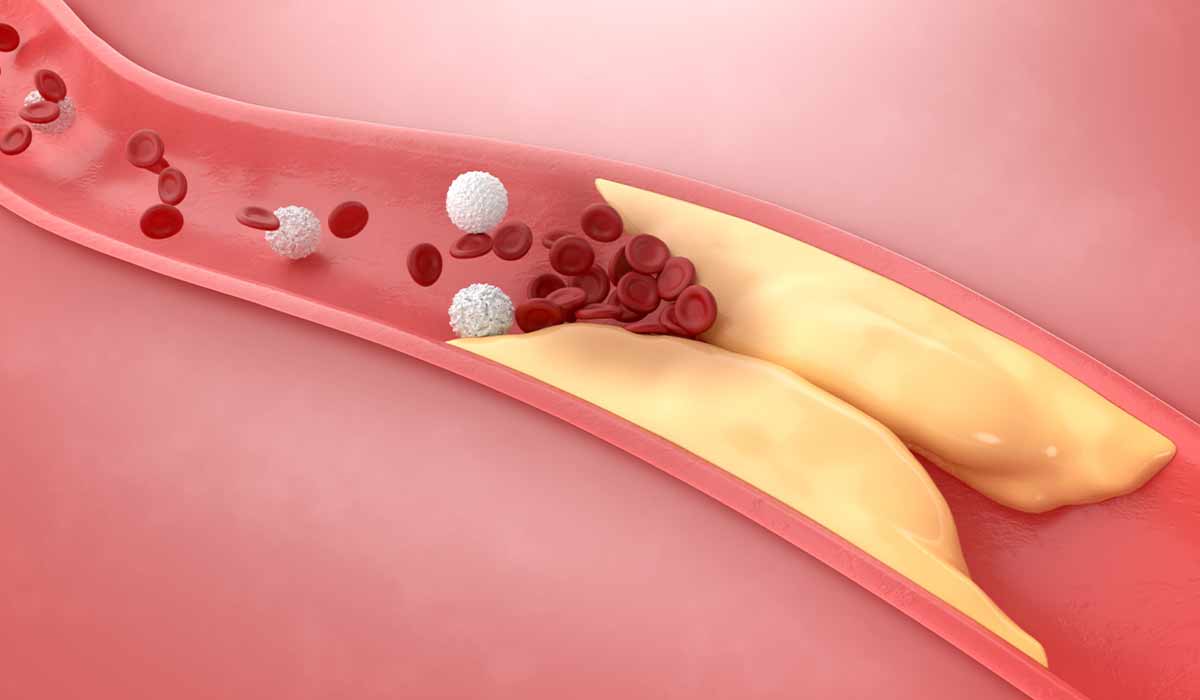
Atherosclerosis is a disease of the cardiovascular system that involves the deposition of atherosclerotic plaques in the inner layers of… read more »

Thrombosis occurs when blood clots form inside blood vessels and partially or entirely limit blood flow. What are the symptoms?… read more »
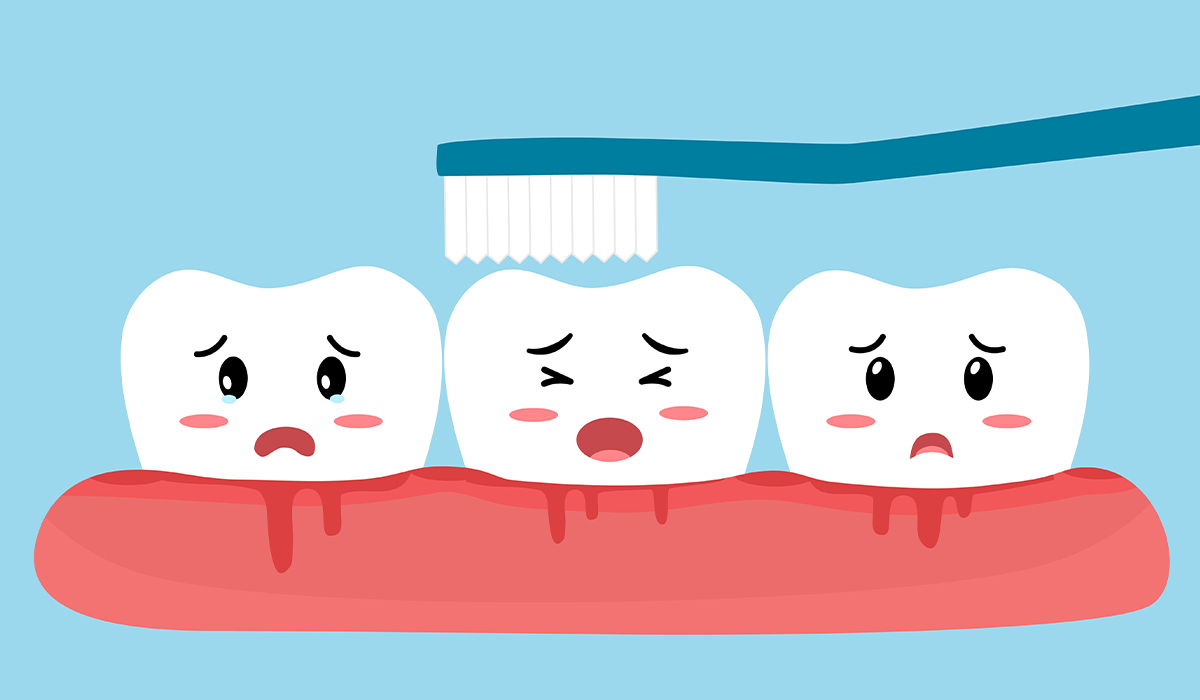
Gingivitis is a very common condition affecting the gums. It is a mild form of gum disease that causes bleeding… read more »

Myocardial infarction is one of the most common causes of death. The main symptom of a heart attack is chest… read more »
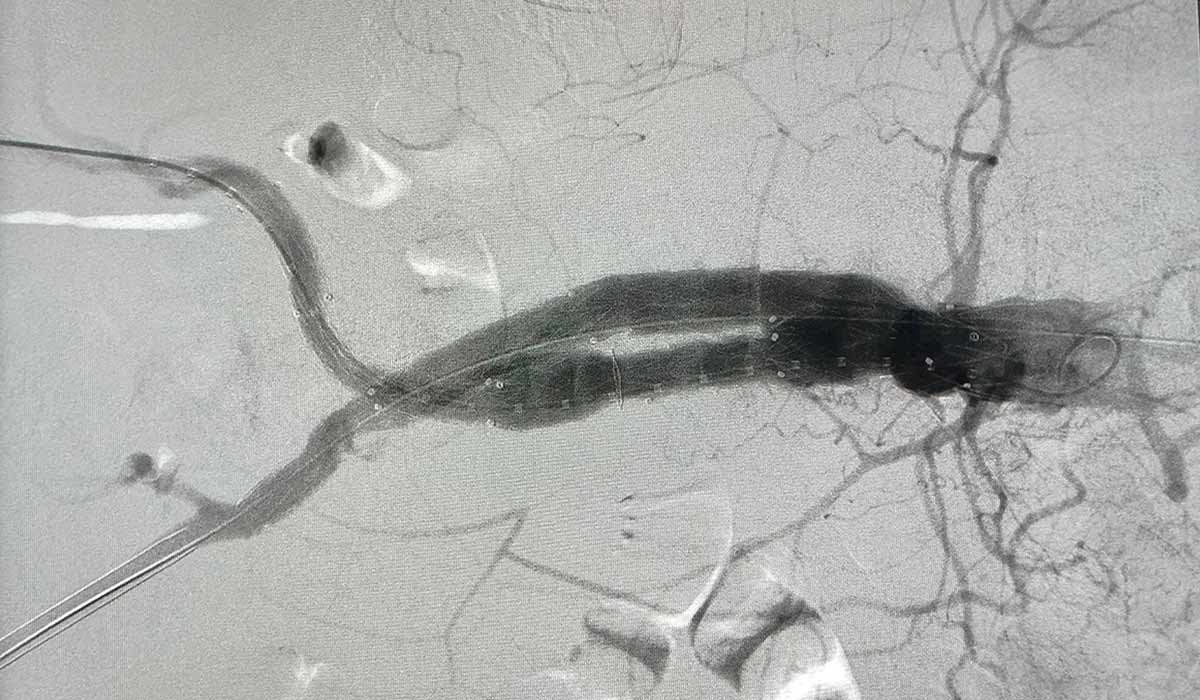
Aneurysm refers to an abnormal swelling in a blood vessel. It is also known as a brain aneurysm, cerebral aneurysm,… read more »
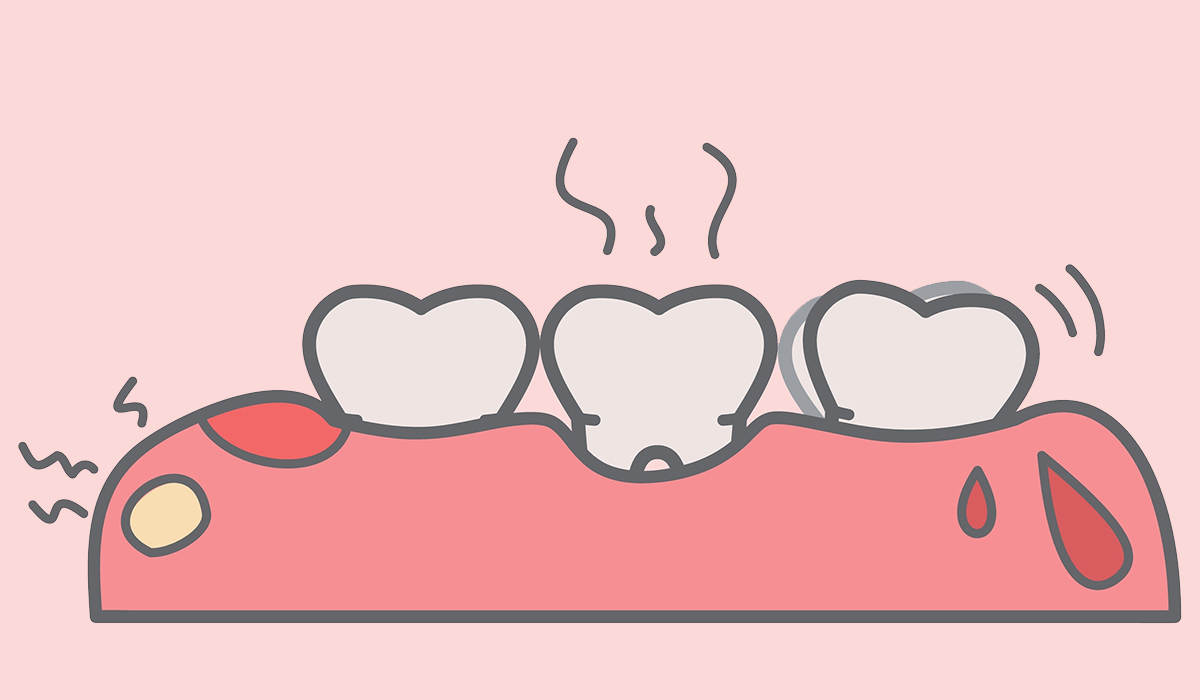
Periodontal Disease is a notorious dilemma of swelling in the tissues around teeth, ordinarily due to plaque buildup—a sticky layer… read more »

Psoriasis is characterized primarily by skin lesions that result from impaired epidermal regeneration. Learn about all types and signs of… read more »